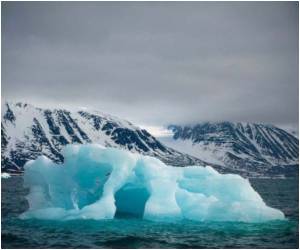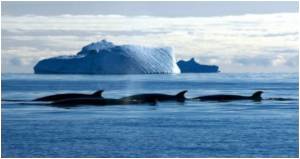Experts have warned that heavy and prolonged snowfall can bring about unexpected conditions that encourage fungal growth, leading to the death of plants in the Arctic.

The research results showed for the first time the potential long-term effects of unexpected fungal development on an arctic landscape. Extensive damage to a pervasive species under snowier conditions would leave gaps for another plant to take its place over time but could also alter the food-web for insects, voles, lemmings and their predators.
Co-author of the report, Dr. Robert Baxter, School of Biological and Biomedical Sciences, Durham University, said: "We were surprised to find that this extremely hardy tundra vegetation was killed off by fungal attack.
"In the first few years, as expected, the insulating effect of the snow helped the vegetation to grow, but after six years a tipping point was reached where the fungus spread with great speed and destroyed the plants.
"We need to look more carefully in the future at longer term vegetation and fungus life cycles to see if this is something that could recur and be more destructive over time," added Baxter.
Snow usually protects arctic plants through the long winter period as it maintains a warmer local environment around the over wintering plants and helps them to grow bigger and faster.
Advertisement
Co-author of the report, Lars Ericson, Department of Ecology and Environmental Science, Umea University, Sweden, said: "We discovered some surprising interactions between plants and other organisms in an area that is very important for the world's climate. The results will enable us to have a better understanding of longer term climate change effects and extreme weather events, locally and regionally."
Advertisement
Source-ANI









